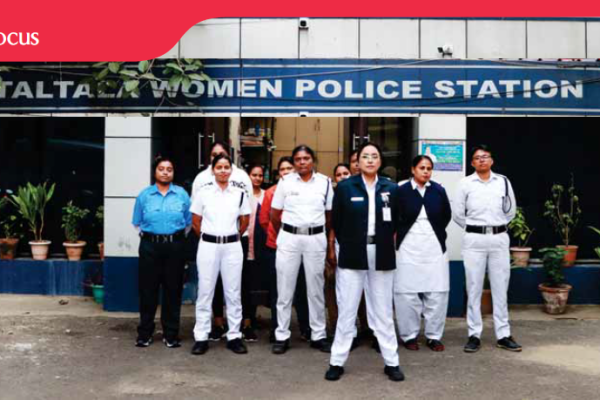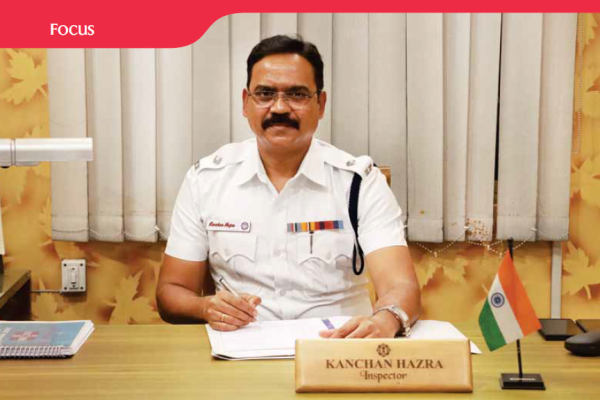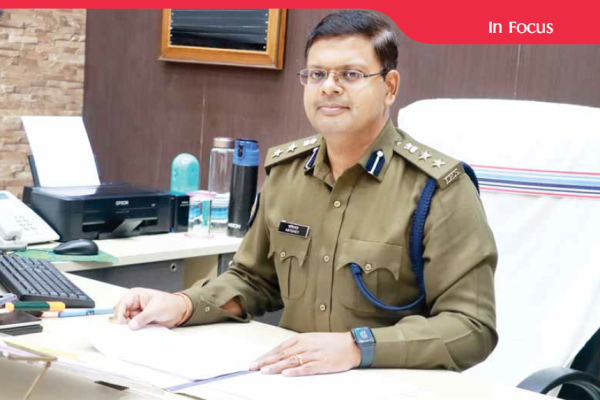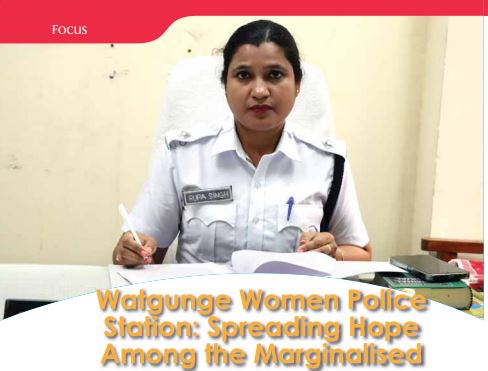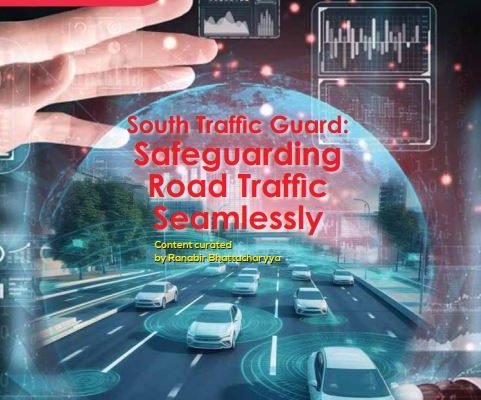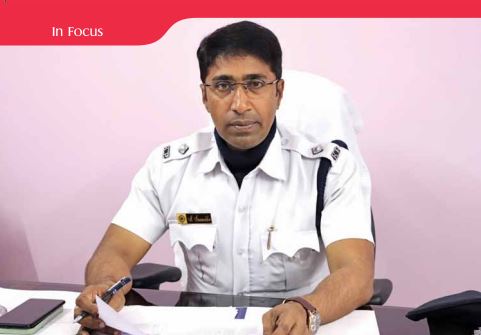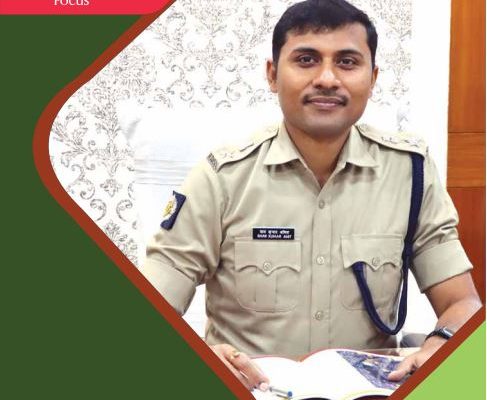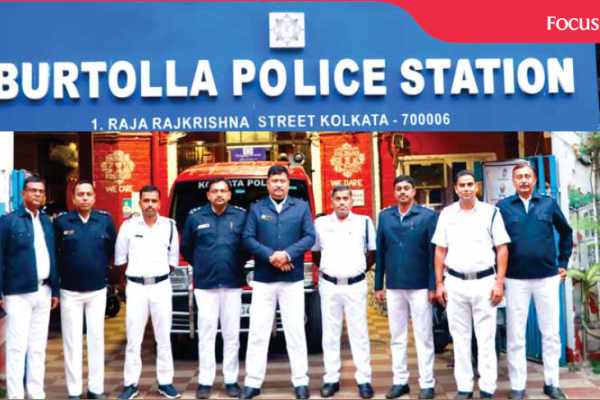
Burtolla Police Station: Legacy, Service and Strength
Ranabir Bhattacharyya, Team Protector. Established in 1888, Burtolla Police Station stands as one of the oldest police stations in India, a sentinel of justice woven into the rich cultural tapestry of the North and North Suburban Division of the Kolkata Police Force. Nestled at 1, Raja Rajkrishna Street, this historic institution is more than just…


